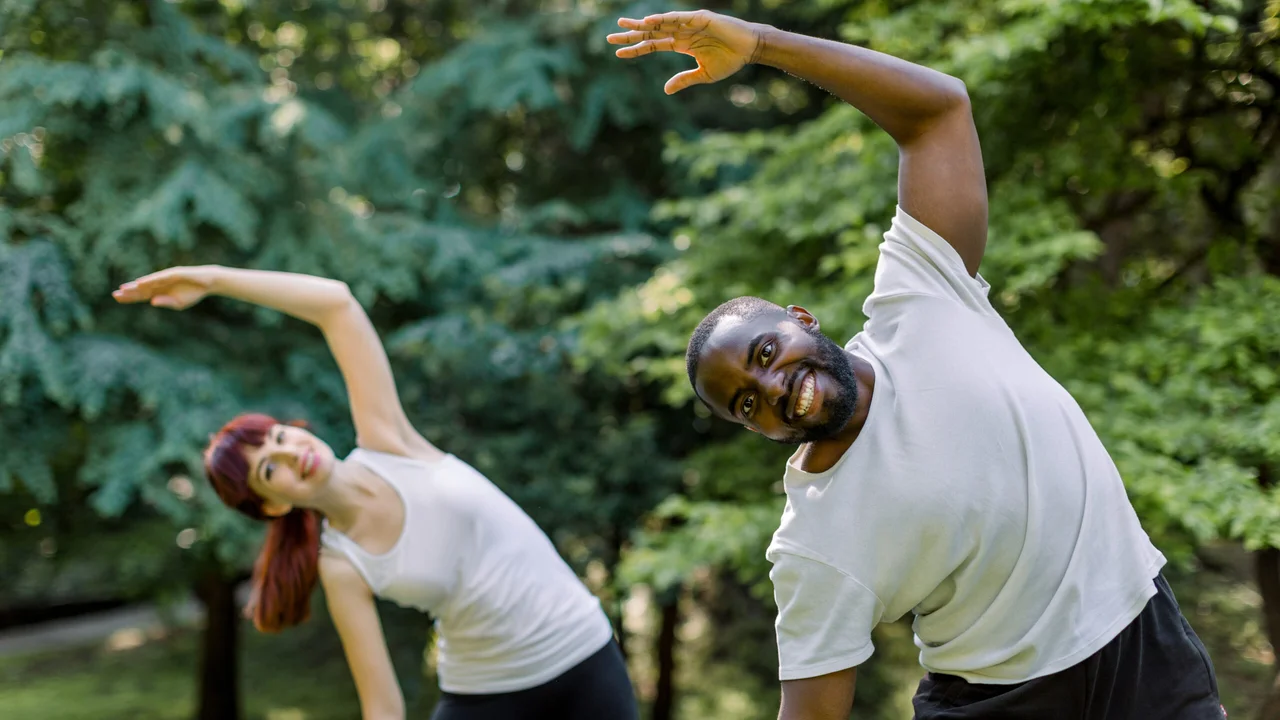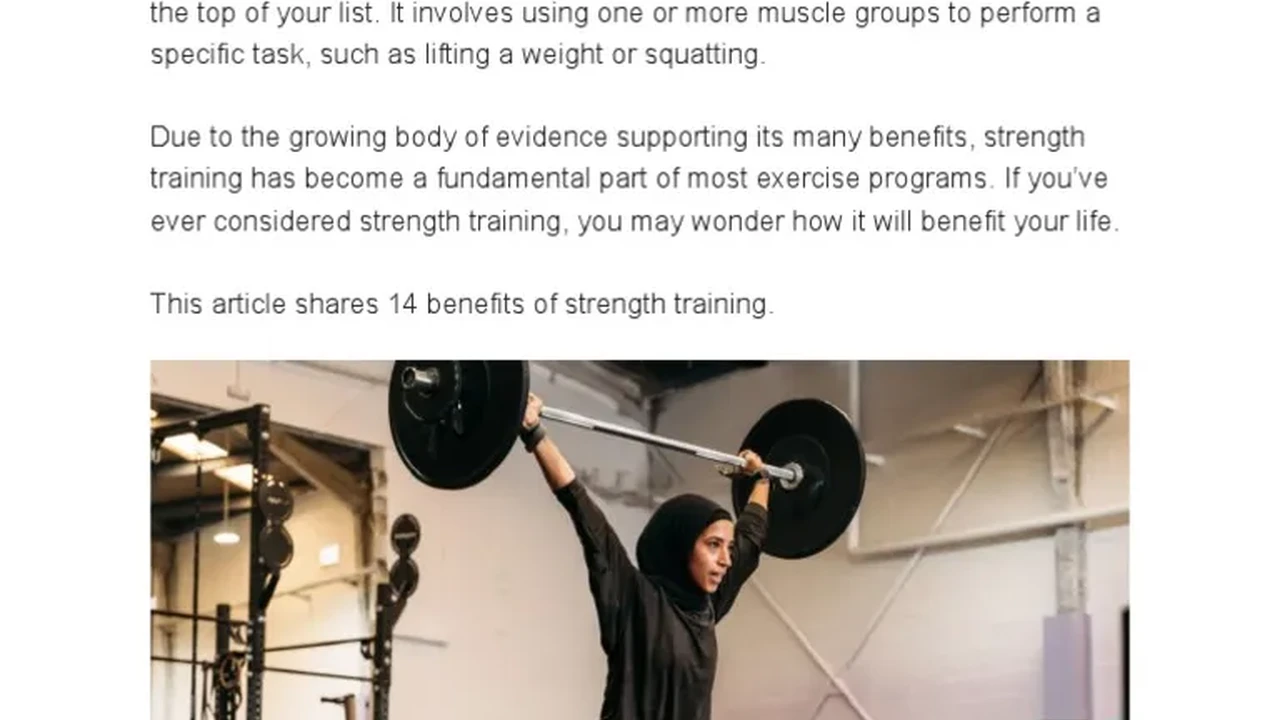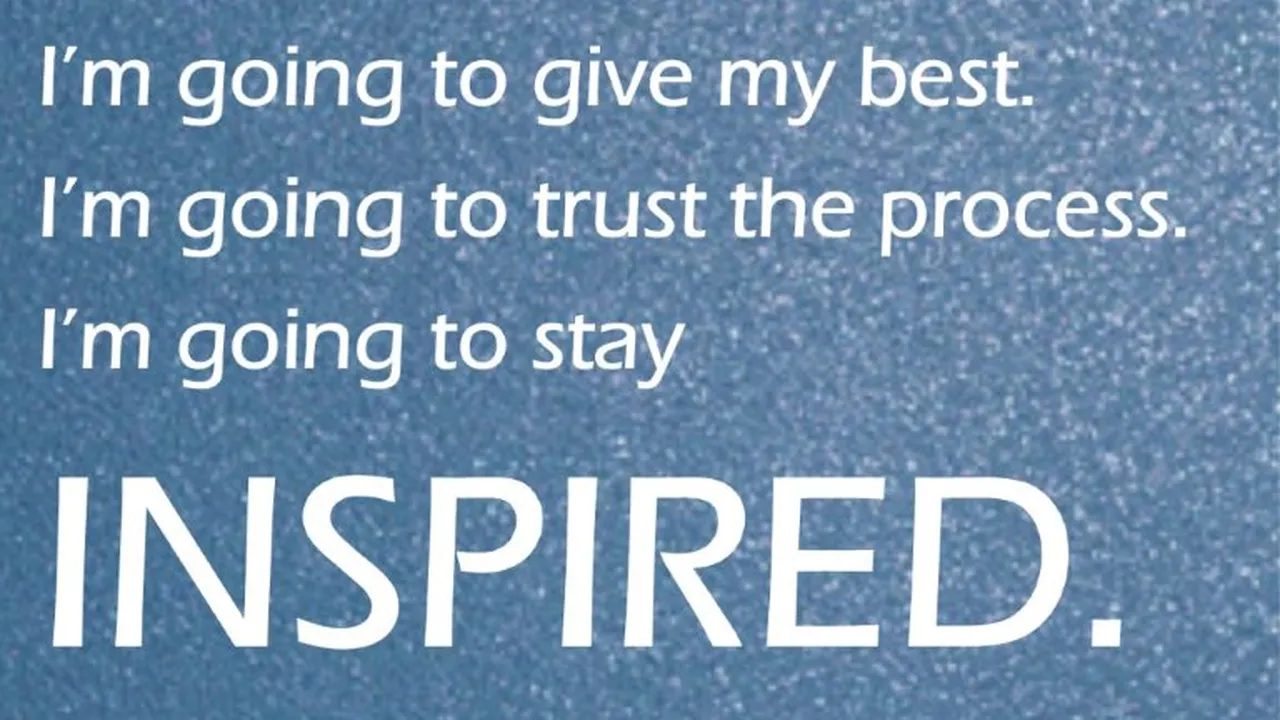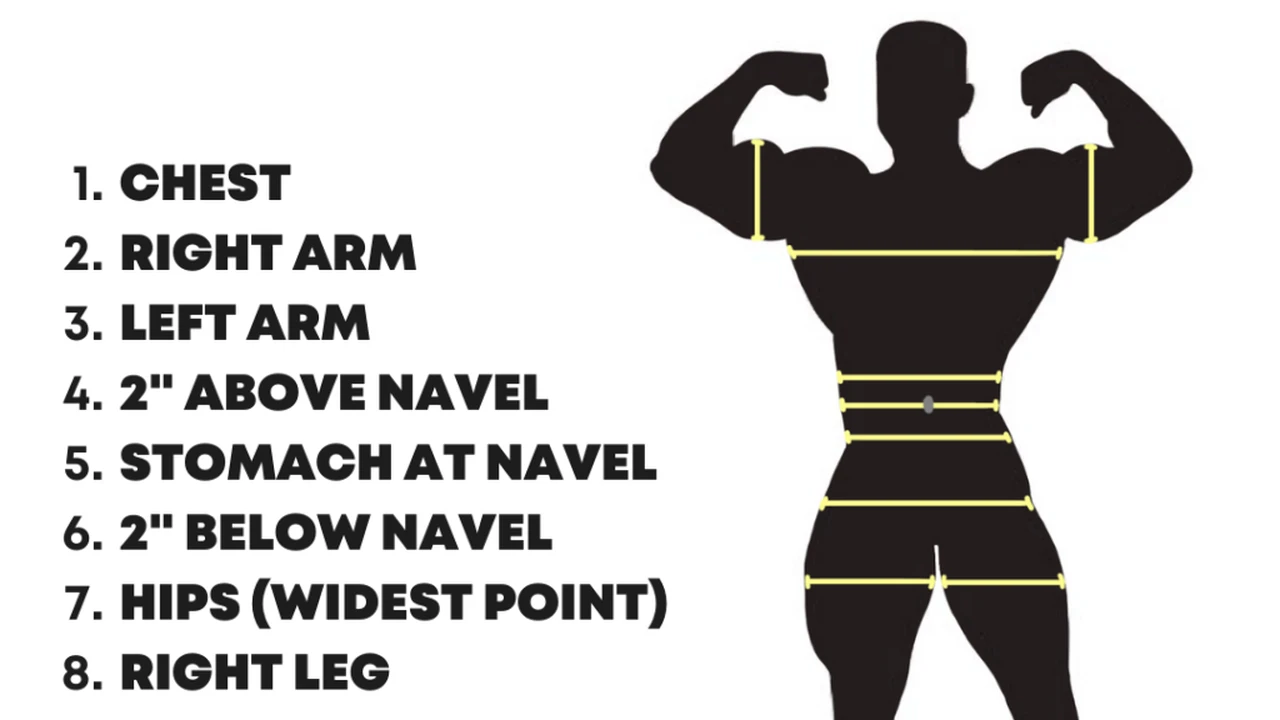The Importance of Stretching: Improve Flexibility and Reduce Injury
Sample meta description.

Understanding the Fundamentals of Stretching for Enhanced Flexibility
Alright, let's dive into the world of stretching! It's not just something you do before or after a workout; it's a crucial component of overall health and well-being. We're talking about improving your flexibility, reducing your risk of injury, and even boosting your athletic performance. So, what exactly is stretching? Simply put, it's the process of lengthening your muscles and connective tissues to increase your range of motion. Think of it like this: your muscles are like rubber bands. If you don't stretch them regularly, they become stiff and brittle. But if you consistently stretch them, they become more pliable and resilient. This increased flexibility translates to a reduced risk of muscle strains, sprains, and other injuries. It also allows you to move more freely and efficiently, whether you're lifting weights, running, or just going about your daily activities. And let's be honest, who doesn't want to feel more limber and less achy? There are several different types of stretching, including static stretching, dynamic stretching, ballistic stretching, and proprioceptive neuromuscular facilitation (PNF) stretching. We'll get into the specifics of each type later on, but for now, just know that they all have their own unique benefits and drawbacks. The key is to find the types of stretching that work best for you and incorporate them into your routine.
Different Types of Stretching Techniques Explained with Examples
Okay, let's break down the different types of stretching. First up, we have static stretching. This is probably the type of stretching you're most familiar with. It involves holding a stretch in a comfortable position for a period of time, typically 15-30 seconds. Think of touching your toes or holding a quad stretch. It's great for improving flexibility and reducing muscle tension. Just remember to breathe deeply and avoid bouncing. Example: Holding a hamstring stretch by sitting on the floor with your legs straight out and reaching for your toes.
Next, we have dynamic stretching. This involves moving through a range of motion with controlled movements. It's perfect for warming up before a workout because it helps to increase blood flow to your muscles and prepare them for activity. Think of arm circles, leg swings, or torso twists. Example: Performing arm circles before a shoulder workout to increase blood flow and range of motion in the shoulder joint.
Then there's ballistic stretching. This involves bouncing or jerking movements to force a muscle beyond its normal range of motion. It's generally not recommended for beginners because it can increase the risk of injury. Example: Bouncing repeatedly while trying to touch your toes. This is generally discouraged.
Finally, we have Proprioceptive Neuromuscular Facilitation (PNF) stretching. This involves contracting and relaxing a muscle to increase its range of motion. It's often used by physical therapists and athletes. It's a bit more complex and often requires a partner. Example: Contracting your hamstring muscle against resistance while a partner holds your leg in place, followed by a relaxation phase where you stretch the hamstring further.
The Benefits of Regular Stretching Injury Prevention and Performance Enhancement
Alright, so why bother stretching in the first place? Well, the benefits are numerous! First and foremost, stretching can significantly reduce your risk of injury. When your muscles are tight and inflexible, they're more prone to strains, sprains, and tears. Stretching helps to loosen up those muscles and increase their range of motion, making them less susceptible to injury. Think about it: a flexible muscle can withstand more stress than a stiff one.
But the benefits don't stop there. Stretching can also improve your athletic performance. When you have a greater range of motion, you can move more efficiently and generate more power. Whether you're a runner, a weightlifter, or a yoga enthusiast, stretching can help you perform at your best. And let's not forget about the mental benefits. Stretching can help to reduce stress and anxiety, improve your mood, and promote relaxation. It's a great way to unwind after a long day and reconnect with your body.
Think of a baseball pitcher. Increased shoulder and back flexibility allows for a greater range of motion, leading to a faster and more powerful throw, and reducing the risk of shoulder or rotator cuff injuries.
Stretching Equipment Recommendations and Comparisons
Okay, let's talk gear! While you don't *need* any fancy equipment to stretch, some tools can definitely enhance your experience and help you target specific muscle groups. Here are a few recommendations, along with comparisons and price ranges:
Foam Rollers
What it is: A cylindrical foam tube used for self-myofascial release (SMR), which is basically a fancy term for self-massage. It helps to break up muscle knots and improve flexibility.
Usage: Roll specific muscle groups (like quads, hamstrings, back) over the roller, applying pressure to tight spots. It can be uncomfortable at first, but it gets easier with practice.
Product Recommendations:
- TriggerPoint GRID Foam Roller: A popular choice with a textured surface for deeper tissue massage. Price: $30-$40
- AmazonBasics High-Density Round Foam Roller: A budget-friendly option that gets the job done. Price: $15-$25
- Hyperice Vyper 2.0: A vibrating foam roller that provides even deeper tissue massage. Price: $199
Comparison: The TriggerPoint GRID is a great all-around option, while the AmazonBasics is perfect for beginners on a budget. The Hyperice Vyper 2.0 is for serious athletes who want the ultimate massage experience. Consider the TriggerPoint for general use, AmazonBasics if on a budget, and Hyperice if you want deeper tissue work and vibration.
Resistance Bands
What it is: Elastic bands that provide resistance during exercises and stretches. They're versatile, portable, and great for adding intensity to your routine.
Usage: Use them to assist with stretches (like pulling your leg higher during a hamstring stretch) or to add resistance to dynamic stretches (like banded lateral walks).
Product Recommendations:
- TheraBand Resistance Bands: A classic choice, available in different resistance levels. Price: $10-$20 per band
- Fit Simplify Resistance Loop Exercise Bands: A set of loop bands that are great for lower body exercises. Price: $15-$25 per set
- Bodylastics Stackable Resistance Bands Set: A comprehensive set with handles and door anchors for a full-body workout. Price: $50-$100
Comparison: TheraBand are good for general use and rehab, Fit Simplify are great for glute and leg work, and Bodylastics offer a complete home gym solution. For targeted assistance, choose TheraBand, for lower body focus Fit Simplify, and for a full body workout Bodylastics.
Yoga Straps
What it is: A long strap used to extend your reach and deepen stretches, especially for those with limited flexibility.
Usage: Use it to hold your feet during seated forward folds, to assist with shoulder stretches, or to improve your alignment in yoga poses.
Product Recommendations:
- Hugger Mugger Yoga Strap: A durable and comfortable strap made from high-quality cotton. Price: $15-$25
- Gaiam Yoga Strap: A basic and affordable option that gets the job done. Price: $10-$15
- Manduka Align Yoga Strap: A premium strap with a secure buckle and a comfortable grip. Price: $25-$35
Comparison: Hugger Mugger offers quality and comfort, Gaiam is a budget-friendly option, and Manduka provides a premium experience. Choose Hugger Mugger for comfort, Gaiam for affordability, and Manduka for premium quality.
Integrating Stretching into Your Daily Routine Practical Tips
So, how do you actually incorporate stretching into your busy life? It's easier than you think! Start small and gradually increase the amount of time you spend stretching each day. Aim for at least 5-10 minutes of stretching every day. You can do it first thing in the morning, during your lunch break, or before bed. Find a time that works best for you and stick to it.
Don't forget to listen to your body. Stretching should feel good, but it shouldn't be painful. If you feel any sharp pain, stop immediately. And be patient. It takes time to improve your flexibility. Don't get discouraged if you don't see results overnight. Just keep at it, and you'll eventually start to notice a difference. Consider setting reminders on your phone to stretch throughout the day. Even short bursts of stretching can be beneficial.
Common Stretching Mistakes to Avoid for Safe and Effective Stretching
Alright, let's talk about some common stretching mistakes that can actually do more harm than good. First and foremost, don't bounce! Bouncing while stretching can trigger the stretch reflex, which causes your muscles to contract instead of relax. This can actually increase your risk of injury. Instead, focus on holding each stretch in a comfortable position and breathing deeply.
Another common mistake is stretching cold muscles. It's always best to warm up your muscles before stretching. You can do this by doing some light cardio, such as jogging or jumping jacks. Don't hold your breath while stretching. Breathing helps to relax your muscles and increase blood flow. Focus on taking slow, deep breaths throughout each stretch. And finally, don't compare yourself to others. Everyone's body is different, and some people are naturally more flexible than others. Focus on your own progress and don't worry about what anyone else is doing.
The Role of Hydration and Nutrition in Muscle Flexibility and Recovery
Believe it or not, what you eat and drink can actually affect your flexibility. Staying hydrated is crucial for muscle health and flexibility. When you're dehydrated, your muscles become stiff and prone to cramping. Aim to drink plenty of water throughout the day, especially before and after stretching. Dehydration reduces blood flow to muscles, reducing their ability to stretch effectively.
Nutrition also plays a role. Eating a balanced diet that's rich in protein, vitamins, and minerals can help to support muscle growth and repair. Protein is essential for building and repairing muscle tissue, while vitamins and minerals help to keep your muscles functioning properly. Consider adding foods rich in magnesium and potassium to your diet. These nutrients help with muscle function and relaxation.
:max_bytes(150000):strip_icc()/277019-baked-pork-chops-with-cream-of-mushroom-soup-DDMFS-beauty-4x3-BG-7505-5762b731cf30447d9cbbbbbf387beafa.jpg)






